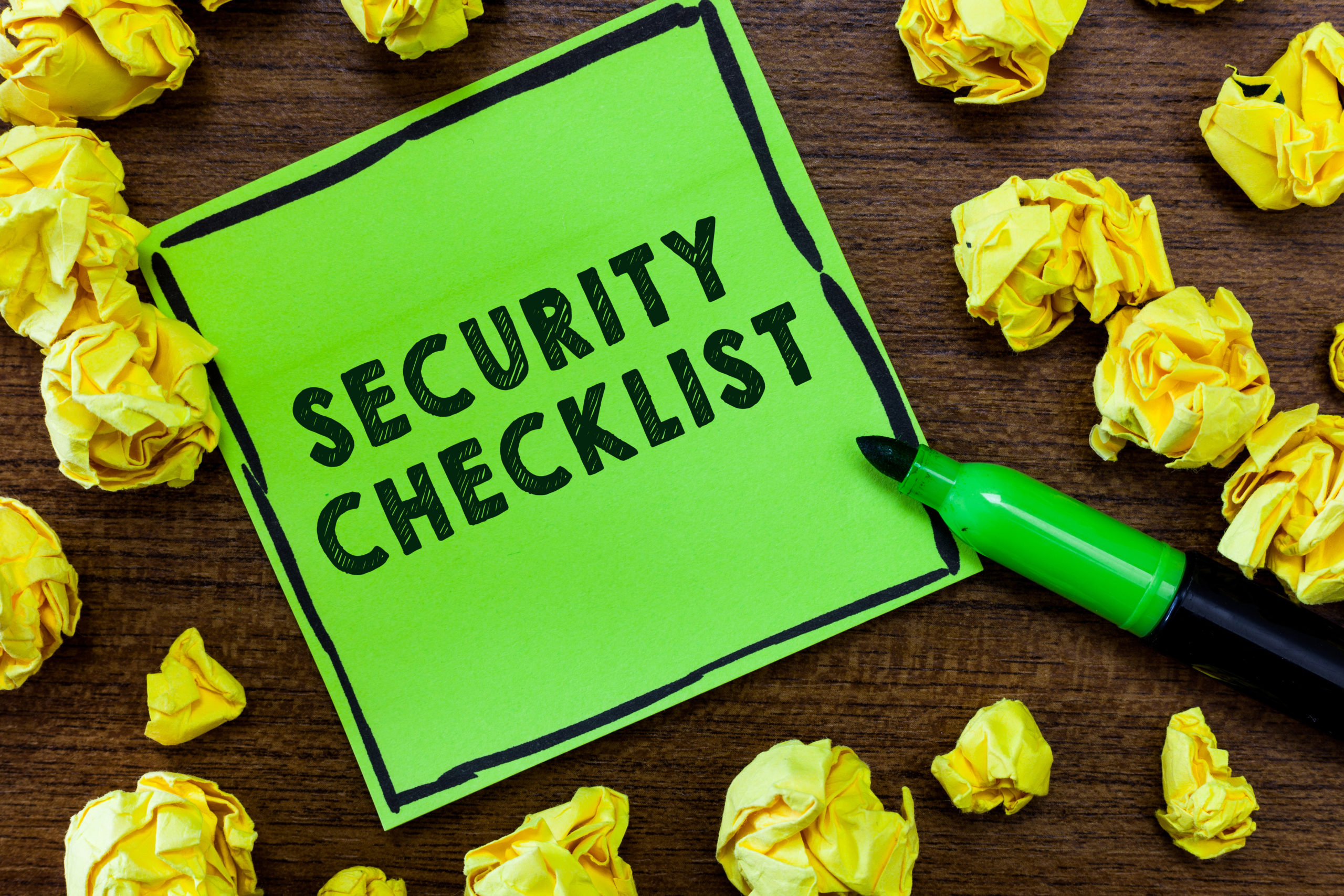Your Work from Home Cybersecurity Checklist

Remote access to servers, desktop computers, and cloud solutions has become more important than ever. A majority of companies around the world currently have their workforce logging in from home due to the coronavirus outbreak.
This presents unique security challenges, and companies are playing catch up to address them for a workforce that’s already deployed remotely.
Approximately 88% of global organizations have encouraged or required employees to telecommute due to the COVID-19 pandemic.
Not all remote access solutions are created equal.
Some of them have security flaws that have been flying under the radar, but now face increased scrutiny due to the significant jump in user volume during the pandemic.
Is your remote access provider offering you a secure solution? Or is your team doing the best they can with what they can find?
You don’t have to give up on having good network security just because your technology infrastructure has changed. It just takes working with a strategic advisor, like C Solutions, that can help you transition your security measures to fit a remote workforce.
How to Keep Remote Workers & Their Connections Safe
We’ve put together a Work from Home Cybersecurity Checklist that businesses and their remote employees can use. These steps can help ensure remote teams are staying safe when connecting to business resources from home wireless networks.
Use a Good Antivirus/Anti-malware Solution
Employees may be working on their personal computer or laptop when working from home. It’s vital to ensure that it has a reliable antivirus/anti-malware solution that is installed and updated to catch any potential threats.
Anyone using Windows 10 has a built-in set of security tools that include an antivirus, ransomware protection, and more. Just access system settings to find these.
Secure Home Network Connections with a VPN
How can you ensure the security of multiple employee home Wi-Fi networks? It’s not feasible to go router by router to apply company policies. Instead, you can use a virtual private network (VPN).
Business VPNs give remote employees a secure layer of encryption for any internet connections, even if they’re connecting via a less than secure network. VPNs can also be used to secure and monitor remote access to company cloud platforms.
Limit Home Network Exposure to Office Network
If your “less secure” home network gets hacked and you don’t know it, that hacker could end up infiltrating your office network as well.
You want to reduce this exposure by employing methods that limit the connection between a home and office network.
So how do you do that if you need to regularly log in remotely to your desktop workstation at the office? Here are three ways:
- Use a Non-Administrator Account: Set up a user account on your work PC that is not an administrator account, i.e. it has limited access to system functions. Log into that account rather than one with administrative privileges.
- Limit Connection Time: Limit how long you’re connected to your work PC or a server at the office remotely. Connect to get the files or information you need, then disconnect, rather than keeping the connection open while you’re working.
- Restrict Who Can Use Remote Desktop Services: Rather than using a general “administrative account” permission for Windows Remote Desktop Service, set up a specific group with permission. Set up a Remote Desktop Users Group and assign users to that group who are allowed to connect.
Implement Multi-Factor Authentication on Everything
You can stop hackers with stolen passwords from accessing cloud applications and remote desktop software by implementing multi-factor authentication (MFA).
In studies by Google, MFA was shown to stop up to 100% of automated bot attacks and up to 99% of bulk phishing attacks.
By implementing MFA on all your account logins, you greatly improve overall cybersecurity for remote workers connecting to your company resources.
Put Work PCs on a Guest Network
When employees are working at the office, there’s a good chance that most of the devices that share that network are fairly secure. But when a work PC is connected to a home network, it could be sharing Wi-Fi with riskier devices, like doorbell security cameras or a teen’s iPad.
An additional security step is to set up a guest network on the router and put work-related devices on that network. This eliminates the risk of a hacker discovering a work PC after they’ve hacked into an IoT device sharing the same network.
Use Web Protection Software
Web protection software, also known as DNS filtering, is a significant protection against phishing attacks. This type of software reviews site URLs to check if a site is malicious before directing your browser.
Even after a user accidentally clicks on a link in a phishing email, web protection can keep them from getting a virus infection by redirecting them to an alert page and not to the malicious site.
Does Your Remote Team Have the Security They Need?
Need help implementing remote security for your employees? C Solutions can put the safeguards above in place to prevent a costly data breach or malware infection.
Schedule a free cybersecurity assessment today! Call 407-536-8381 or reach us online.
